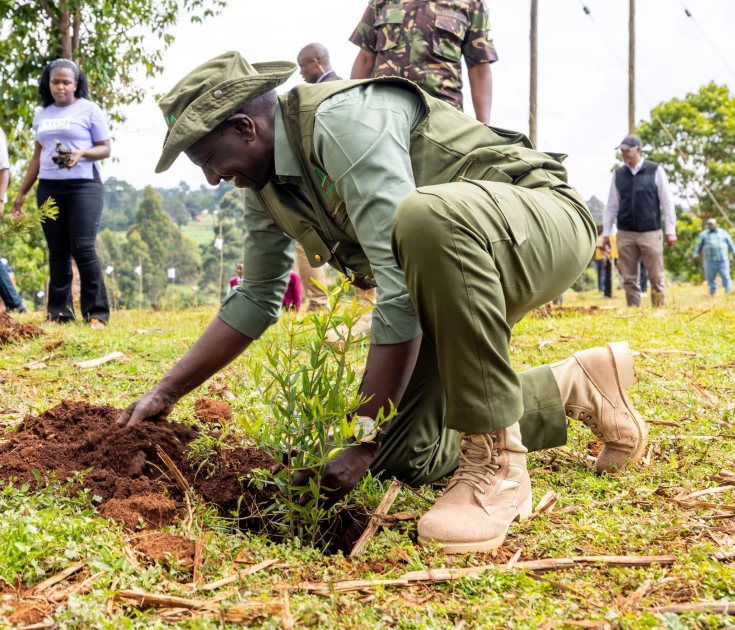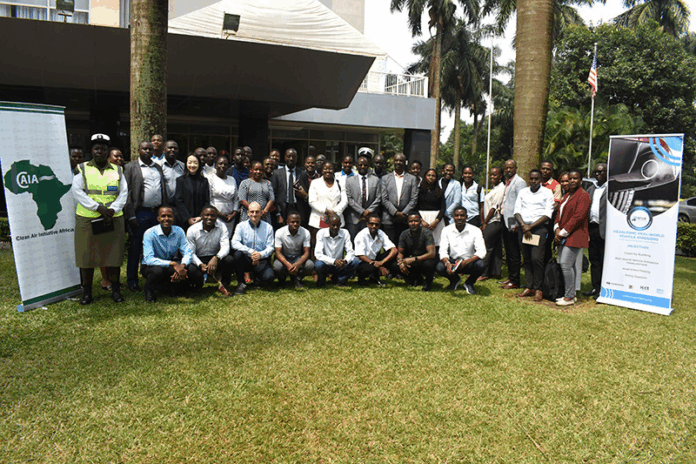Kenya will mark its first-ever Mazingira Day on October 10, 2025, with a nationwide tree-planting drive aimed at planting 100 million trees in a single day.
The Ministry of Forestry and Environment said the day, previously just a public holiday, has now been rededicated to environmental conservation.
Principal Secretaries Gitonga Mugambi (Forestry) and Festus Ng’eno (Environment) announced that at least 71 million of the seedlings will be fruit trees, distributed to schools across the country. Each school is expected to plant at least 2,000 trees.
“Fruit trees are good for nutrition. In the next two to three years, they will create jobs, bring wealth, and restore the environment,” PS Mugambi said.
Kenyans are being urged to return to their former schools and donate seedlings under the theme “Turudi Primo: Tukadonate Fruit Trees na Ku-clean Environment.” Activities will also include clean-ups and awareness campaigns on sustainable practices.
The October 10th drive is part of President William Ruto’s ambitious “Jaza Miti” campaign, which aims to plant 15 billion trees by 2032 and increase national forest cover to 30%.
Since its launch in 2022, the government says about 783 million trees have been planted. President Ruto himself has been at the forefront, leading national planting days and symbolically planting 56 trees on his birthday.
Tree planting has been linked to fighting climate change, reducing floods and droughts, and restoring over 5 million hectares of degraded land.
Despite the enthusiasm, the campaign faces major challenges:
Funding gaps: Only Ksh.14.3 billion was allocated in the 2023/24 budget, far short of the estimated Ksh.600 billion needed over 10 years.
Leadership gaps: The key position of Forest Conservation Secretary remains vacant, slowing coordination.
Costly logistics: Past planting events have drawn criticism after top officials used fuel-guzzling convoys and helicopters, contradicting the conservation message.
Forest destruction: Kenya continues to lose about 12,000 hectares annually to logging, charcoal demand, and land conversion.
For ordinary Kenyans, trees remain a lifeline—providing fuel, timber, fruits, medicine, fodder, and gum, while also absorbing harmful carbon emissions.
Experts say Kenya must combine tree planting with stronger forest protection, better community involvement, and partnerships with private investors to meet its goals.



